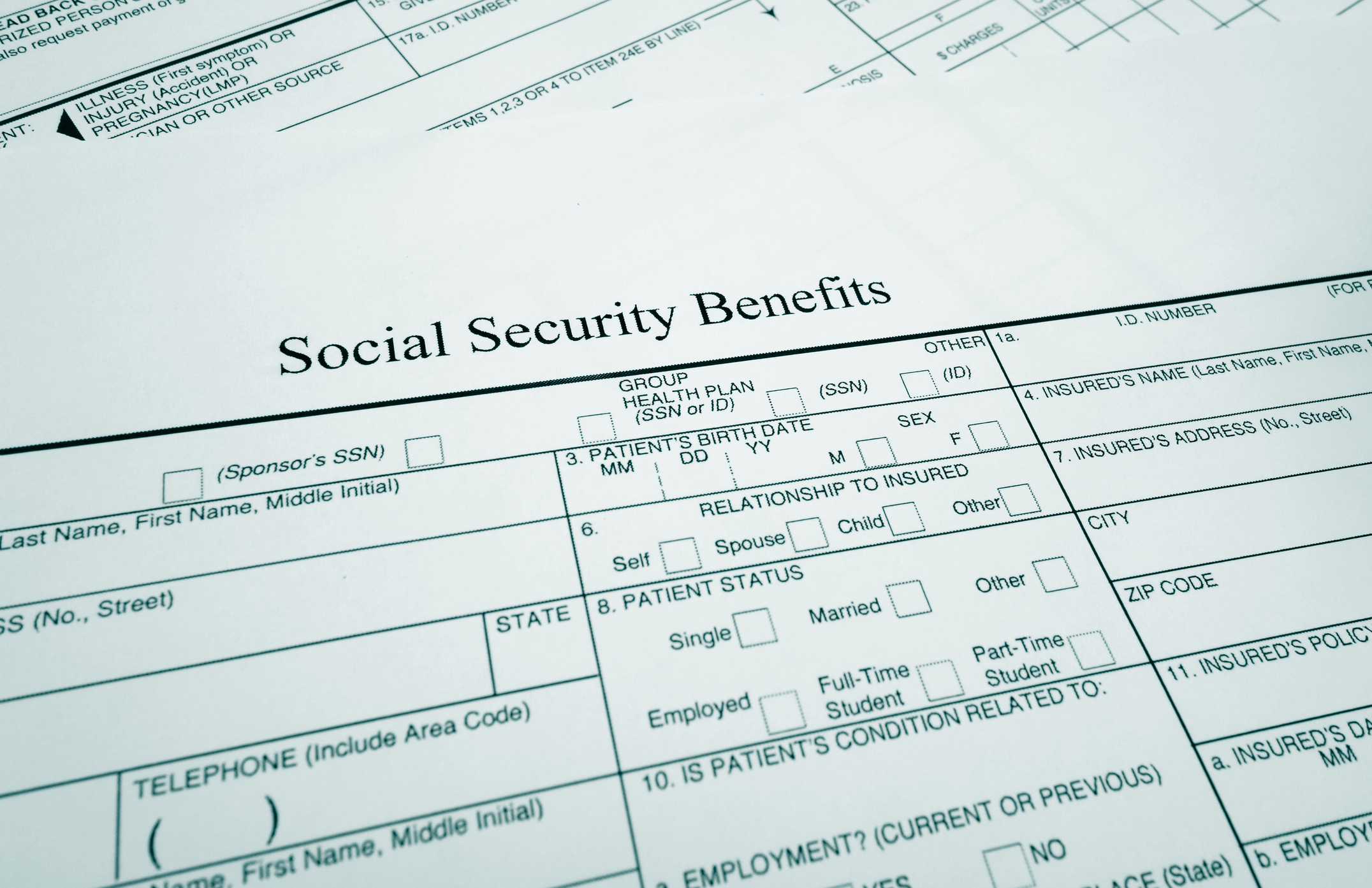Retirement Calculator: How Much Do I Need to Retire?
Our Retirement Calculator estimates the future value of your retirement savings and determines how much more you need to save each month.


This retirement calculator can help you estimate what your retirement savings will be worth in the future. It will also help you determine how much more you must save each month to meet your retirement goal.
With this retirement calculator, you can test out different scenarios. For example, you can use it to estimate how much you’ll need to save if you pay off your mortgage, downsize to a cheaper home or location or refinance your mortgage to take advantage of lower interest rates. Remember that if you decide to downsize, there could be tax consequences if you realize gains on the sale of your home.
The retirement calculator can also help you decide if paying off your mortgage is something you should focus on while you save for retirement or if it’s better to funnel more money into your retirement nest egg. On top of all that, it is a key tool for developing a retirement planning checklist.

Sign up for Kiplinger’s Free E-Newsletters
Profit and prosper with the best of expert advice on investing, taxes, retirement, personal finance and more - straight to your e-mail.
Profit and prosper with the best of expert advice - straight to your e-mail.
The calculator does not require you to enter an email address, will not contact you and will not record or track your answers.
Like any financial calculator, the output is only as good as the input. So, for a more accurate estimate, gather a few key numbers. But don't be cowed by this list; you can always start with a few inputs to get a sense and return later with more information.
Social Security benefits: find your latest Social Security statement of estimated benefits online, or look for the paper copy mailed each year. Note that the Social Security Administration is changing the way you log into its system.
Private or government pension: you also might need to look up statements from a pension (if you have one).
Employer-sponsored retirement accounts: gather up statements from each of your 401(k) plans (whether you have just one or several).
Individual Retirement Accounts (IRAs): find the balance of any IRAs you may own.
Retirement calculator
Source: Henry "Bud" Hebeler of AnalyzeNow.com (later New Retirement and Boldin).
We strongly recommend that you seek the advice of a financial services professional with whom you have a fiduciary relationship before making any investment or significant financial decision.
Be aware that the calculator does not take taxes on your retirement income into account so your spendable income will be less. The actual results will also depend on how much you contribute to your retirement accounts, how long you live and the returns on your investments.
To better save for retirement, consider all of your options, such as contributing to a 401(k) or IRA, or a 403(b) in 2025. Different accounts may have different fees that can eat into returns in addition to different tax implications. And you should consider whether you will be required to take minimum distributions once you hit age 73. Roth IRAs don’t have RMDs, but traditional IRAs and other retirement accounts do.
Want more guidance on retirement savings? Sign up for Kiplinger's six-week series, Invest for Retirement.
Read More
- The Average 401(k) Balance by Age
- A 10-Year Checklist for Retirement Planning
- The Average IRA Balance by Age
- Savings Calculator: Check How Much Your Money Will Grow
Disclaimer
This calculator is for informational and educational purposes only and is not investment advice.
Get Kiplinger Today newsletter — free
Profit and prosper with the best of Kiplinger's advice on investing, taxes, retirement, personal finance and much more. Delivered daily. Enter your email in the box and click Sign Me Up.

Ellen writes and edits retirement stories. She joined Kiplinger in 2021 as an investment and personal finance writer, focusing on retirement, credit cards and related topics. She worked in the mutual fund industry for 15 years as a manager and sustainability analyst at Calvert Investments. She earned a master’s from U.C. Berkeley in international relations and Latin America and a B.A. from Haverford College.
-
 The Economic Impact of the US-China Trade War
The Economic Impact of the US-China Trade WarThe Letter The US-China trade war will impact US consumers and business. The decoupling process could be messy.
By David Payne
-
 Retire in Malta for Quiet Coastal Perfection
Retire in Malta for Quiet Coastal PerfectionSeemingly remote yet easily accessible to other points in Europe, sunny Malta offers paths to citizenship and residency for families and retirees.
By Drew Limsky
-
 Taxes on Retirees: A State by State Guide
Taxes on Retirees: A State by State GuideRetirement Taxes See how each state treats retirees when it comes to income, sales, property and other taxes.
By Katelyn Washington
-
 What's My Social Security Full Retirement Age?
What's My Social Security Full Retirement Age?Social Security The year you were born determines when you become eligible for your Social Security full retirement age benefit (FRA). Use our calculator to determine your FRA.
By Jackie Stewart
-
 How to Calculate RMDs (Required Minimum Distributions) for IRAs
How to Calculate RMDs (Required Minimum Distributions) for IRAsrequired minimum distributions (RMDs) Understand when and how to calculate RMDs and avoid stiff penalties from your tax-deferred IRA.
By Kathryn Pomroy